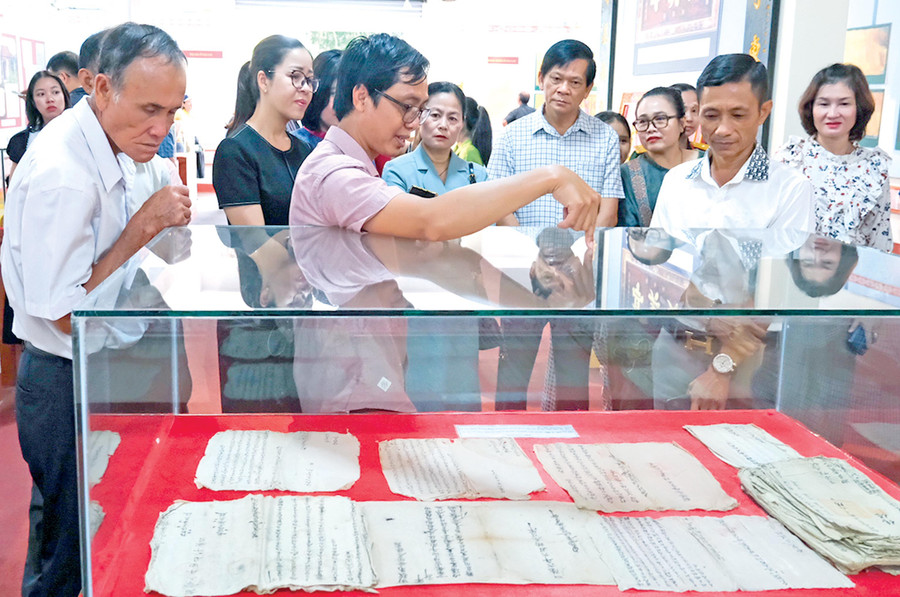
An Xuyen Temple (An Khe town) still preserves many folk documents from the time of the village's founding, dating from the reign of King Thanh Thai (1894). In particular, the collection of prayers to the Water God records the milestone of the village's founding and the list of people who contributed to the village. In addition to the first copy, there are also handwritten copies in 1915, 1935, and 1956, copied by the temple's elders to preserve the content in the context of the original text being degraded. The copies have added some new content suitable for changes in community life, thereby also carrying their own religious, cultural, and social values.
“When the elders showed me these ancient prayer texts, the ancient pieces of paper were rotten and anyone who touched them had to be very careful so they wouldn’t tear or fall out,” Mr. Son recalled.
In response to the elders’ concerns about preserving artifacts associated with the village’s founding history, Dr. Luu Hong Son suggested that the elders give him these documents to restore so that the collection of worshiping documents would not completely rot. Using the paper-padding technique he learned himself, he successfully restored the collection of worshiping documents at the An Xuyen temple relic, preserving their original state and helping to prolong the life of the documents, possibly up to a hundred years.
Dr. Luu Hong Son said: This is the oldest collection of worshiping documents that has survived to this day in the province, a vivid testament to the community's memory and a priceless source of Han-Nom documents. Currently, the originals are on display at the Han-Nom exhibition at the Provincial Museum so that the public can see with their own eyes a unique treasure in the treasure trove of ancient documents in Gia Lai that people have preserved for more than a century.
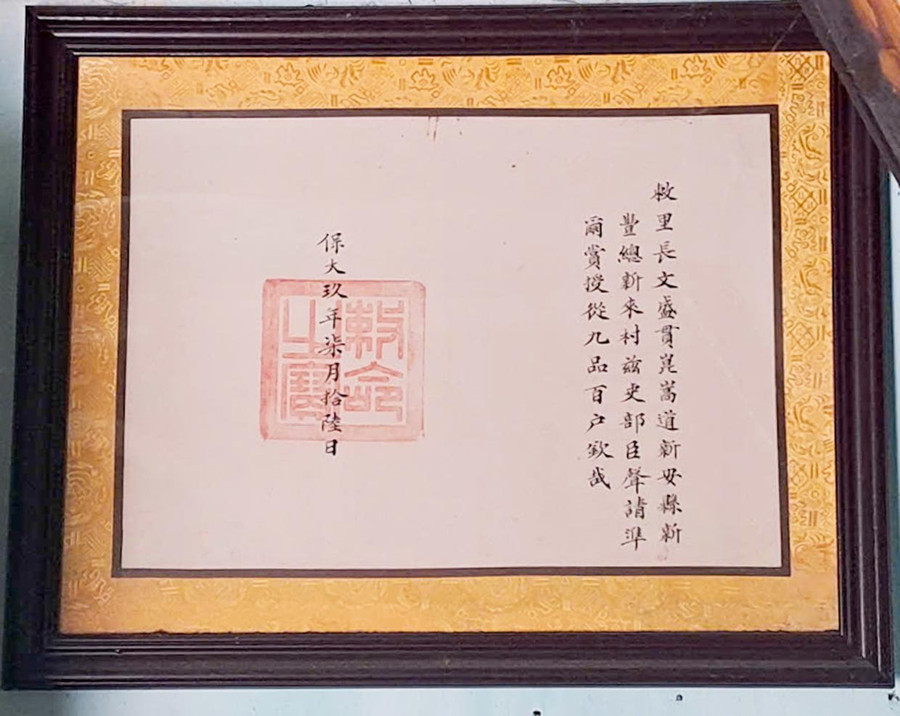
So what is papier mache technique and what is its significance in preserving documentary heritage? Dr. Luu Hong Son said: The opportunity for him to come to papier mache technique originated from his love for ink paintings - the type of paintings drawn on xuyen paper is very fragile, to hang it must be "pasted" with another layer of paper to reinforce it. The painter himself who painted the ink paintings that he collected did not know how to mount, he asked painters in Gia Lai for help but no one knew this technique.
Not giving up, he researched through websites and instructional materials of traditional paper and painting artists in and outside the country. From learning how to cook and make glue to practicing on Do and Xuyen paper, he succeeded and applied that technique to the painting of ink paintings he collected.
Papier pasting is the process of reinforcing and preserving decayed paper documents. This is not only a pure technique but also an art that delicately combines meticulousness, patience and knowledge of traditional folk materials. Before pasting, the document must be sufficiently “wet”, then a specialized brush must be used to smooth the paper surface. This is when the paper is at its most fragile, so this step is extremely important, requiring precision and just the right amount of rubbing, because just a little carelessness can tear and damage the original document.
Next is the “glue” step - using traditional starch-based glue, spread a thin layer on the back of the document to bond and reinforce. Depending on the quality of the document, thick or thin glue can be used. According to Dr. Luu Hong Son: “The original has existed for hundreds of years on Do paper and Chinese ink, when properly applied, it can last for centuries. In particular, when the paper has absorbed and been glued, if damaged, the glue can still be easily removed and re-pasted without affecting the color or strokes of the letters. If applied with modern glue, the original document will be deformed and cannot be restored.”
Not stopping at the ink paintings in his own collection or the prayer books, during the actual research in localities in the province, when he found some valuable ancient documents, Mr. Son was also willing to help the families who owned them restore them. For example, in the case of the To and Van families in An Khe, he helped restore the decrees of conferring the title of Ninth-rank Ba Ho on the village chief of Tan Lai village named Van Thanh and the village chief of Cuu An village named To Nga from approximately 90 years ago. The ancient pieces of paper crumpled with the color of time, lying quietly in the dark for nearly a hundred years, suddenly shine in a new space, making the families and descendants who have preserved them for so long even more proud of their ancestors.
Whether reviving documents belonging to the community or to private families, Dr. Luu Hong Son does it all for free. It is a little bit of his heart for the precious documentary heritage of the locality. Looking at this story, we can see that the issue of preserving ancient documents is not only the responsibility of specialized agencies but also requires the participation of each individual with passion and knowledge.
Gia Lai currently possesses a rich collection of Han-Nom documents dating back many centuries. The papier-mâché technique can become a “lifesaver” for ancient documents that are at risk of being damaged due to poor preservation conditions over a long period of time. However, this technique is currently known and practiced by few people, and has even been lost in the preservation community. This is also a major challenge in the preservation of documentary heritage today.
Source: https://baogialai.com.vn/hoi-sinh-nhung-van-ban-co-post324432.html




![[Photo] Press delegation meeting to visit Truong Sa and DK1 Platform](https://vphoto.vietnam.vn/thumb/1200x675/vietnam/resource/IMAGE/2025/5/22/6b8d232877ec421a9e8187d83b9f8006)
![[Photo] Prime Minister Pham Minh Chinh chairs meeting on draft Resolution of National Assembly on International Financial Center in Vietnam](https://vphoto.vietnam.vn/thumb/1200x675/vietnam/resource/IMAGE/2025/5/22/d398664ff1a140629169ea5a24e1b4d0)
![[Photo] T&T 1 and Ho Chi Minh City 1 People's Police Teams won the men's and women's team championships](https://vphoto.vietnam.vn/thumb/1200x675/vietnam/resource/IMAGE/2025/5/22/39db06ae67cb4001b7a556e8d9a56d07)
![[Photo] General Secretary To Lam chairs a working session with the Central Internal Affairs Commission](https://vphoto.vietnam.vn/thumb/1200x675/vietnam/resource/IMAGE/2025/5/22/3b7790f499da45b2803d8ae253207ef1)






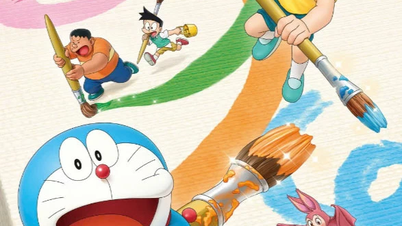
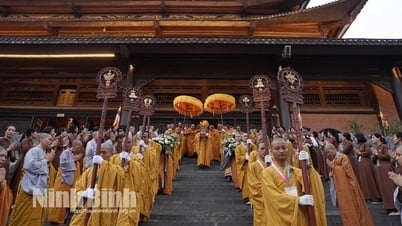








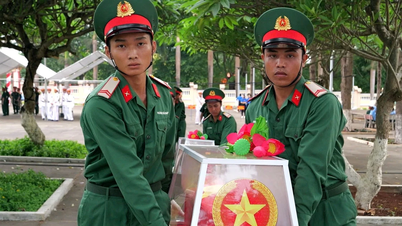
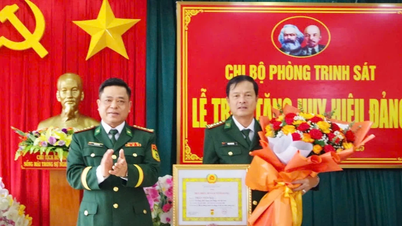

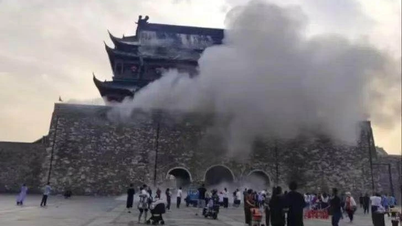

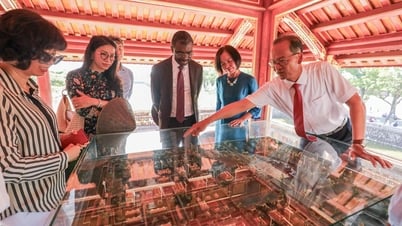







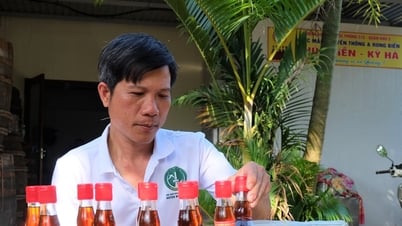

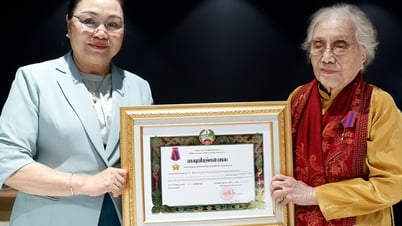

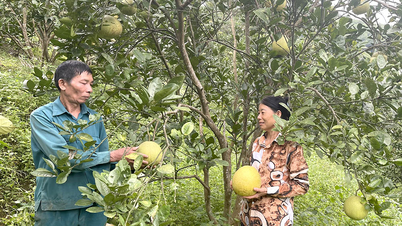

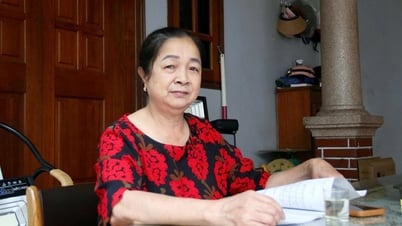










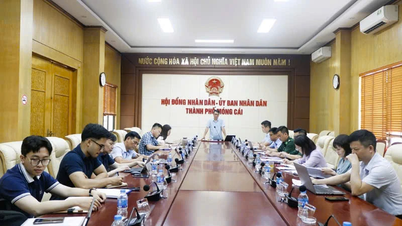


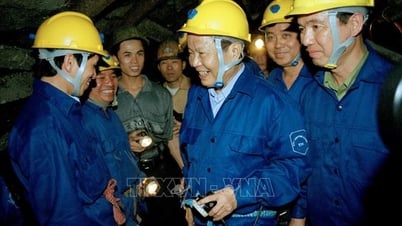
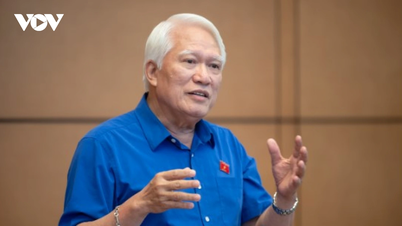
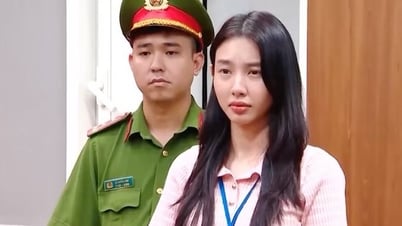


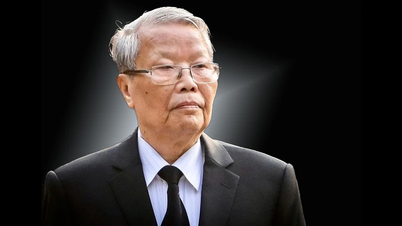




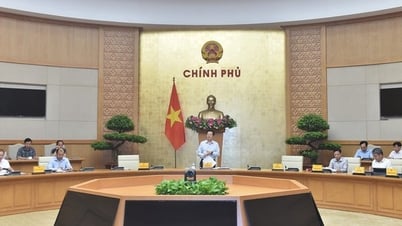
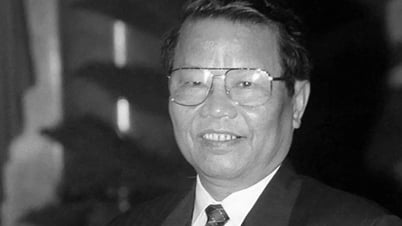




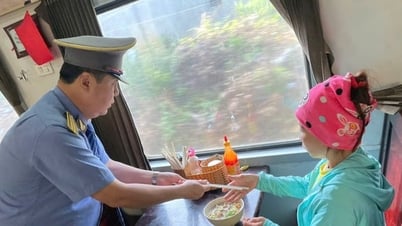



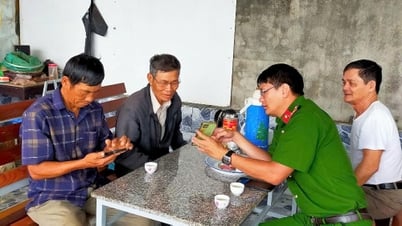



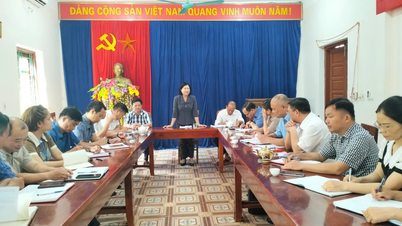






![[Podcast] Week introducing more than 500 OCOP products in Hanoi](https://vphoto.vietnam.vn/thumb/402x226/vietnam/resource/IMAGE/2025/5/22/d144aac2416744718388dbae3260e7fd)


Comment (0)